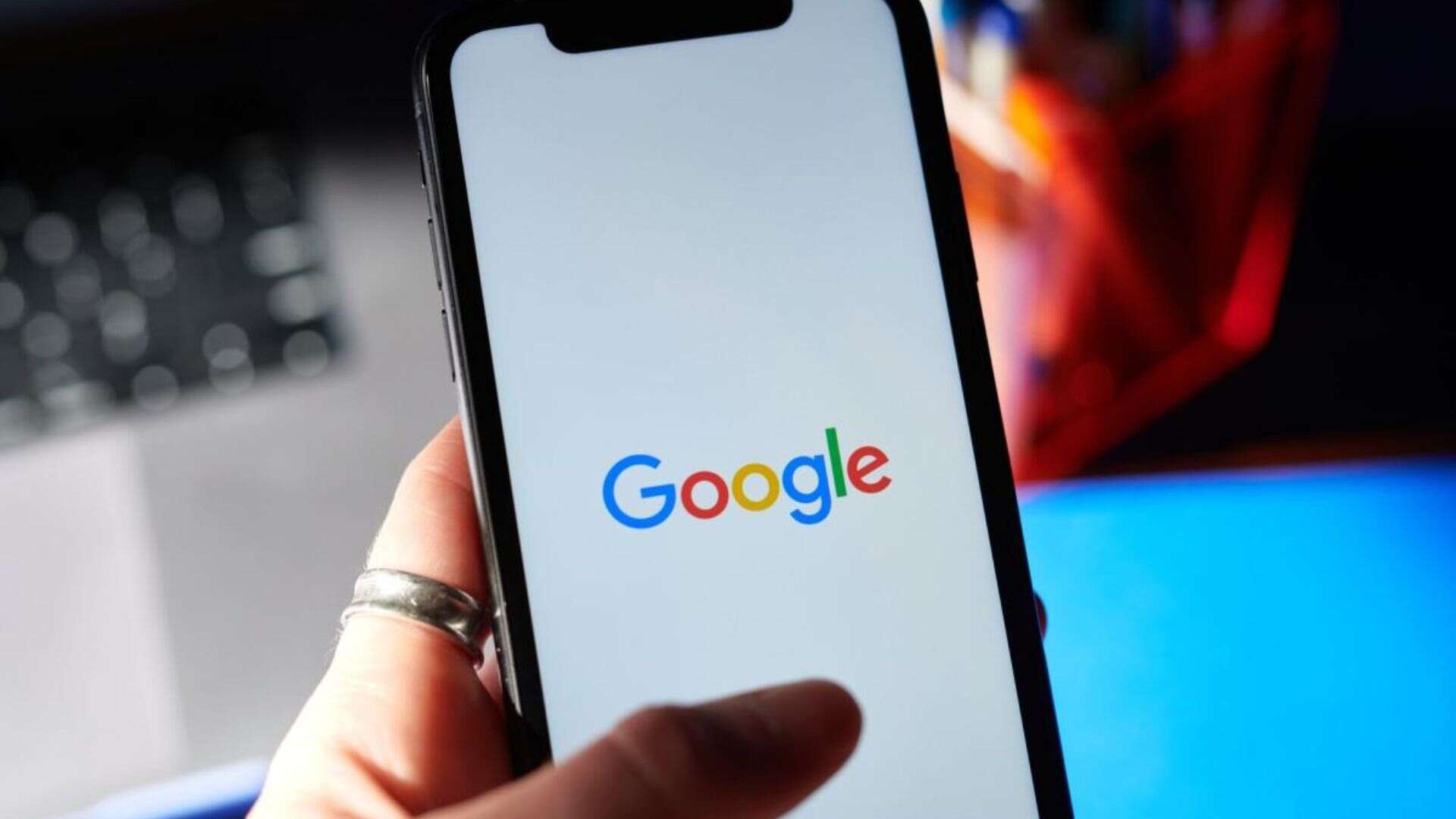Google is ramping up its initiatives to eliminate explicit AI-generated deepfake images and videos from its search results. The company aims to ensure that non-consensual deepfakes are not accessible through its search engine. Given the offensive nature of these images, Google is committed to pushing them far from the first page of search results if complete removal is not possible.
Historically, Google has allowed people to request the removal of explicit deepfakes. However, the rise in generative AI image creation has necessitated stronger measures. The request system has been streamlined for quicker and more efficient submission and processing.
Once a request is validated, Google’s algorithms will also filter out similar explicit results connected to the individual. This means victims don’t need to manually search for every variation that might show the content.
Google’s system will automatically identify and remove duplicates of the image and related content, tackling the widespread nature of such images across the internet.
On YouTube, Google has improved its measures against unauthorized deepfakes. Previously, YouTube merely labeled AI-created or misleading content. Now, individuals depicted in such videos can submit a privacy complaint, prompting YouTube to give the video’s owner a few days to remove it before reviewing the complaint.
Despite these efforts, Google acknowledges that content removal is not foolproof. Therefore, it has updated its ranking system to reduce the visibility of explicit fake content and associated websites in search results.
For example, when users search for news regarding a celebrity’s deepfakes and their testimony to lawmakers, Google will prioritize legitimate news stories and related articles over the deepfakes.
Social media platforms like Facebook and Instagram have also revised their policies to combat AI-generated explicit content. Meta’s Oversight Board has recently suggested changes to include such content and to enhance the appeals process.
Lawmakers are taking action as well. New York State has enacted a bill targeting AI-generated non-consensual pornography under its “revenge porn” statutes. On a national scale, the U.S. Senate has introduced the NO FAKES Act of 2024 to address explicit content and the non-consensual use of deepfake visuals and voices. Likewise, Australia is drafting legislation to criminalize the creation and distribution of non-consensual explicit deepfakes.
Google has reported some success in reducing explicit deepfakes, noting that early tests with these new measures have decreased the presence of such images by over 70 percent. However, Google acknowledges that further work is required.
It’s crucial to understand that the absence of something in search results does not mean it doesn’t exist. The nature of the internet makes it almost impossible to completely remove content once it’s online. This highlights the need for continuous and proactive efforts to manage and reduce the spread of harmful content.







